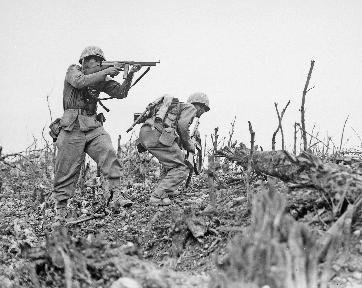Quiz Answer Key and Fun Facts
1. When and where did the first large-scale commando raid by British commandos take place?
2. Which service were the British Army Commandos most affiliated with?
3. In February 1942, the Royal Navy, RAF, paratroopers and commandos carried out a raid on the Bruneval "Würzburg" radar station. What the nearest major French city?
4. Which was called "The Greatest [Commando] Raid of All"?
5. British Army Commandos were equipped with American uniforms and weapons when they landed alongside the Americans in the invasion of Syria.
6. What three things became the symbols of the commandos?
7. Churchill ordered the creation of a unit that would "Butcher and bolt".
8. Who gave the famous "Commando Order"?
9. Operation "Archery", was the codename for which raid?
10. The Naval commander for the Saint-Nazaire raid was Commander R.E.D Ryder, VC.
Source: Author
currahee
This quiz was reviewed by FunTrivia editor
bloomsby before going online.
Any errors found in FunTrivia content are routinely corrected through our feedback system.

